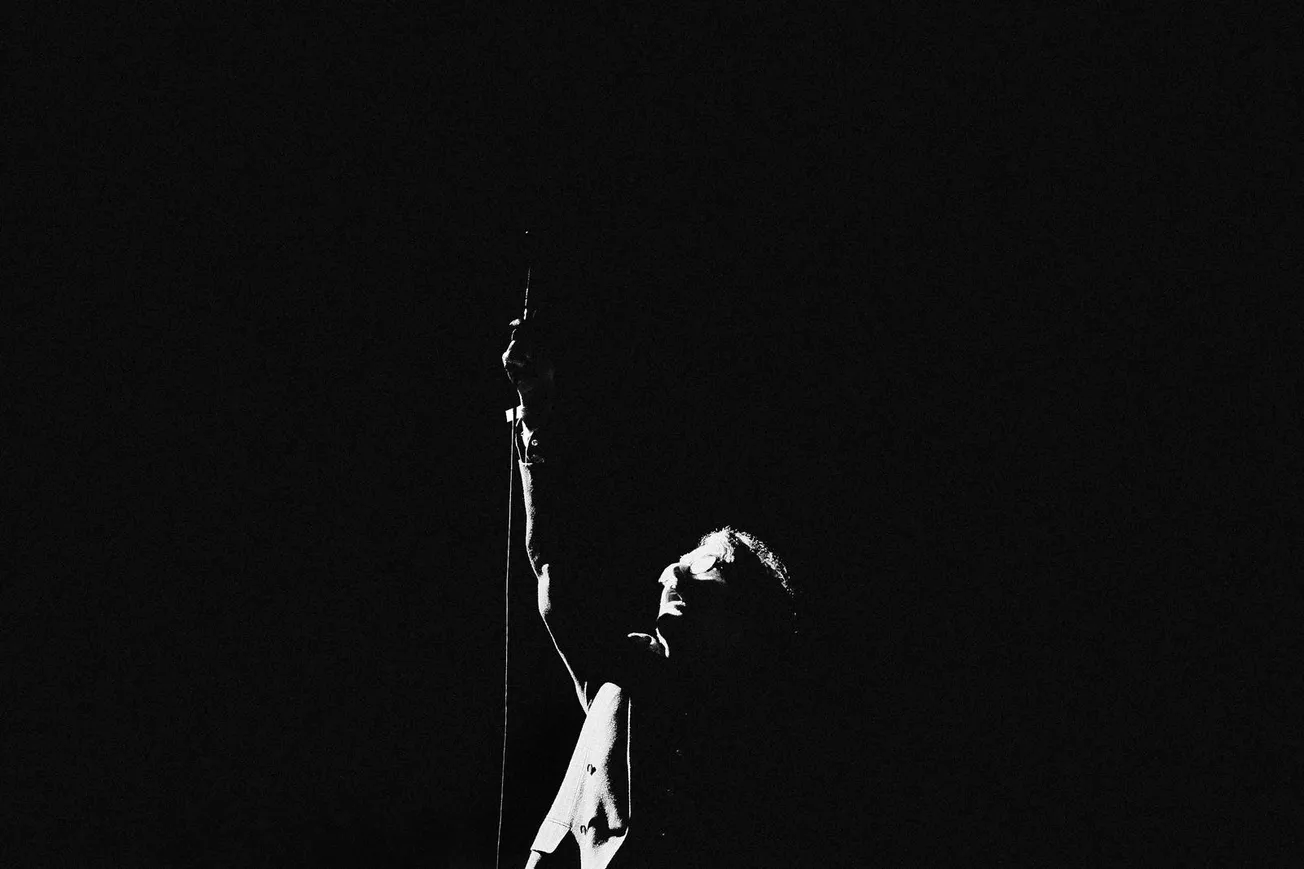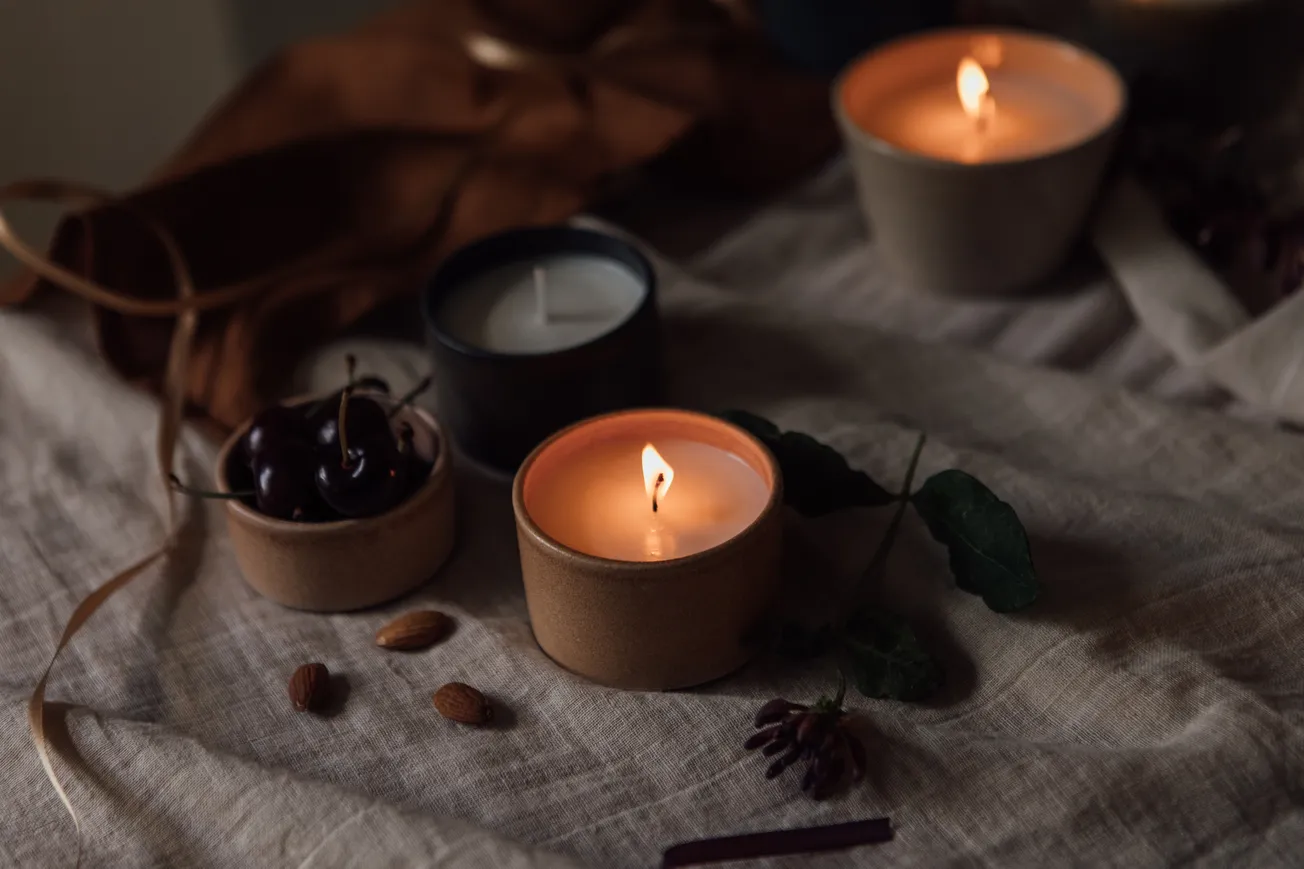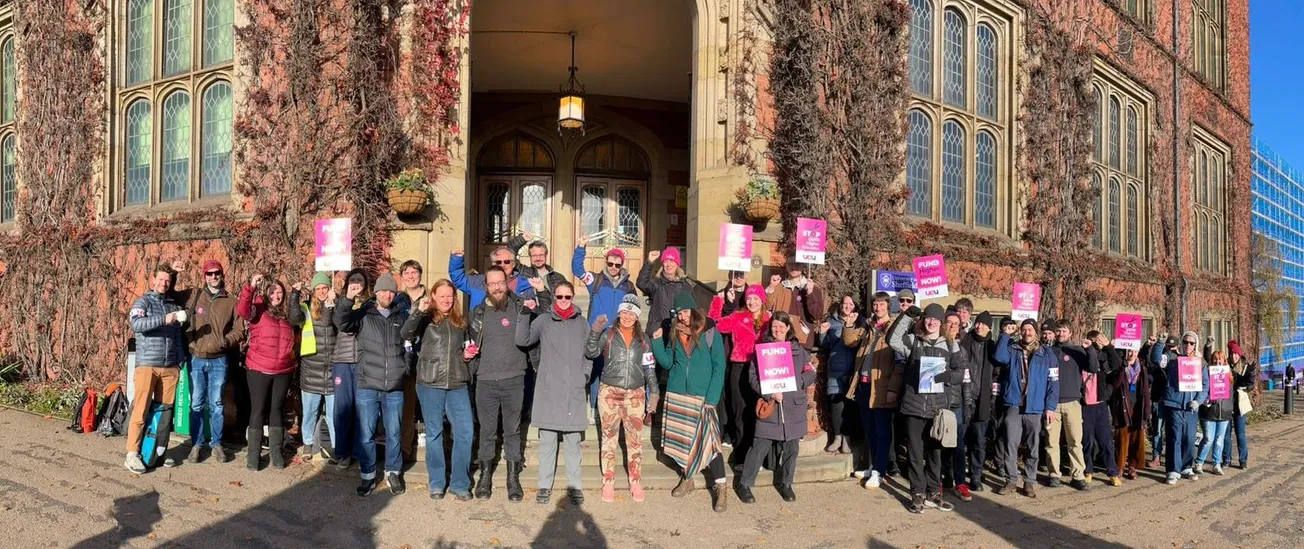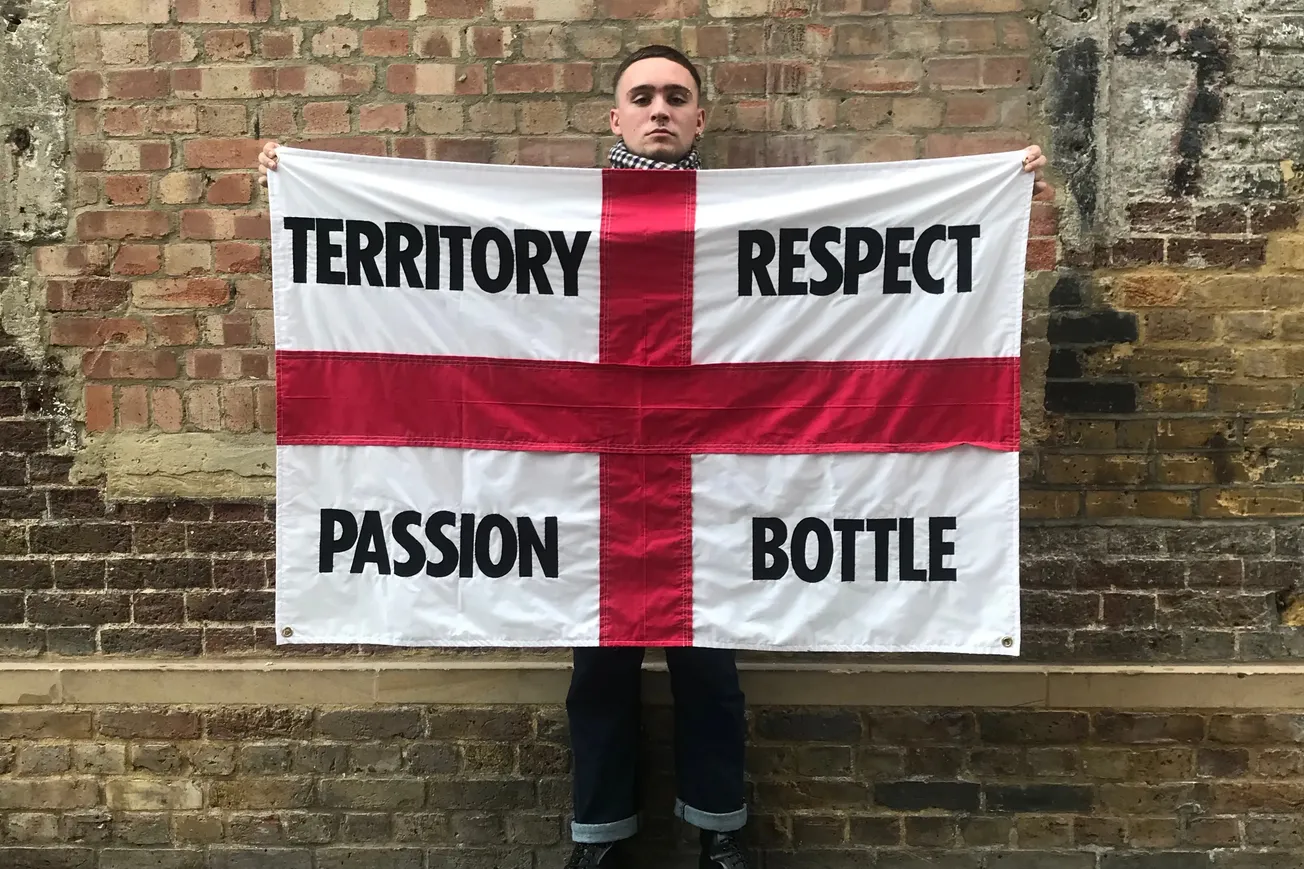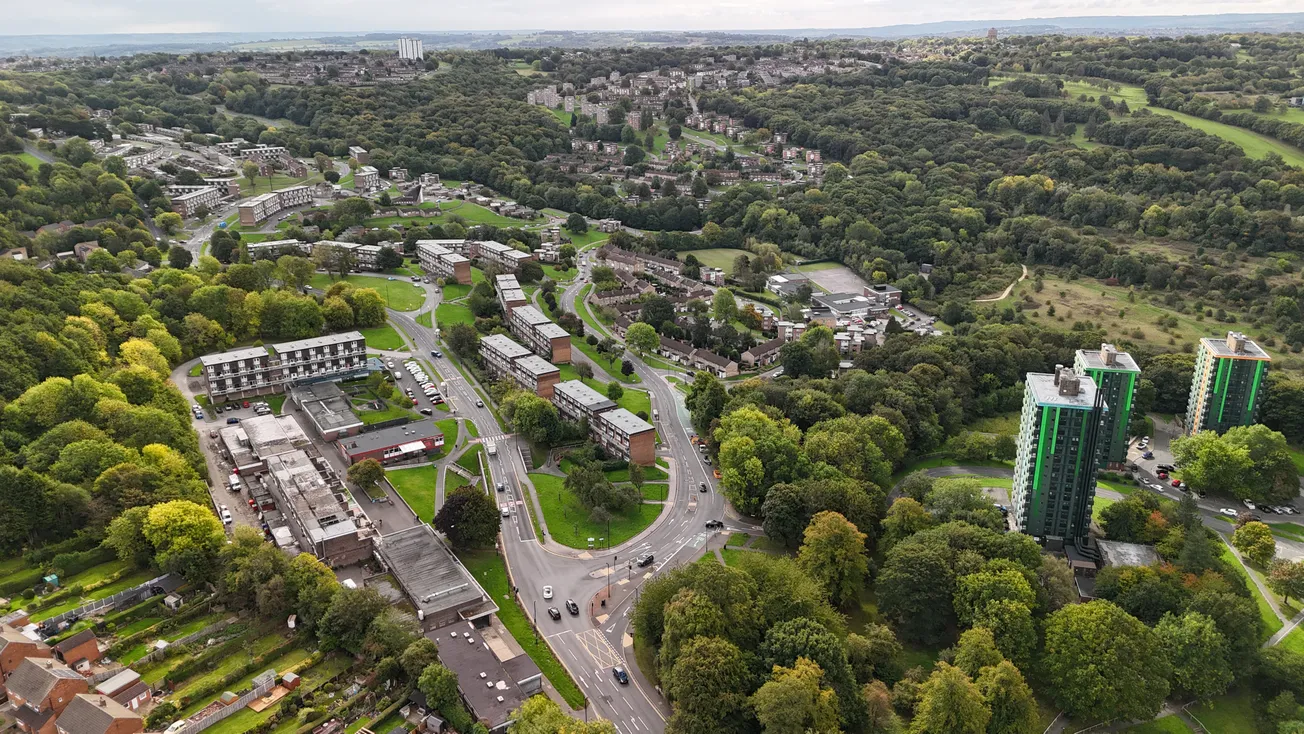“We are Pulp,” says Jarvis after the chords of their opening song subside. “I don’t know what your name is so I’m going to call you Tramlines, or maybe I should call you Sheffield?” It’s a suitably epic way to introduce yourself, and I never expected anything less. As soon as he comes on stage, his silhouette in front of a circle of light made to look like the moon, it’s clear he’s in his element. “I was born to perform, it’s a calling,” he sings on Spike Island, their first single for 12 years and the first song they play tonight. It’s difficult to argue.
“This is a night you will remember for the rest of your lives,” the big screens had declared before they appear. “Make some noise.” The most noticeable thing is the huge mix of ages: from primary school age to (late) middle age.
Earlier, on my way to Hillsborough, a gaggle of teenage girls on the tram sing Babies. “Oh, I wanna take you home, I wanna give you children.” As soon as I walk on the site someone on the Library stage is doing karaoke to Disco 2000 to a rapturous early evening crowd. Whatever hopes the other acts have for making it their night, Pulp are the only band in town.
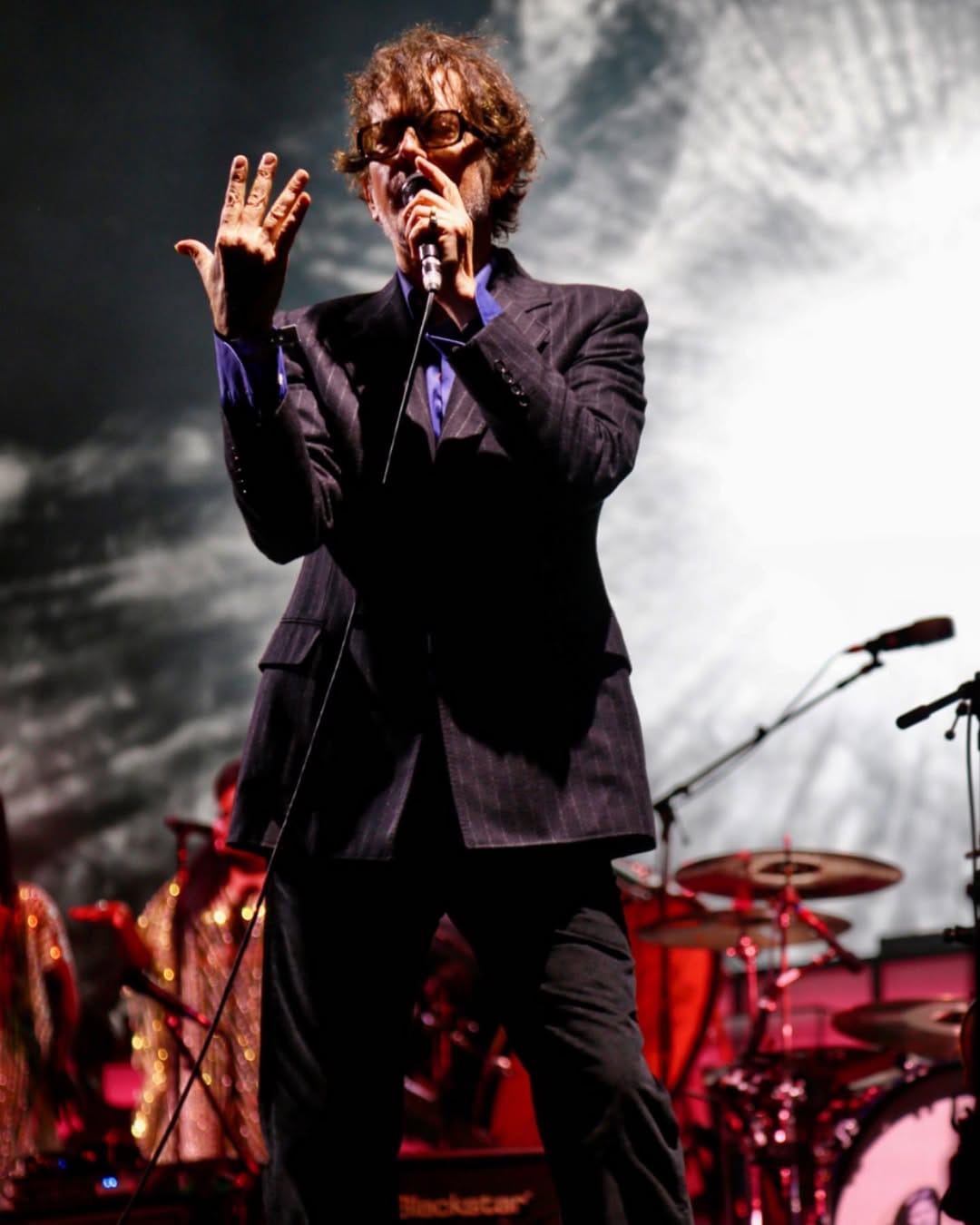
The sense of anticipation begins to grow from about 45 minutes before they start as the main stage field gets more and more cramped. Standing just behind me are Vicky and her two daughters Skye and Kara. As it turns out, like me, Vicky saw Pulp at Sheffield Arena in April 1995. 28 years later, she then took her daughter Kara, who is in a bucket hat, to the same venue to see them for her 10th birthday. “I’ve brought them up to like Pulp,” she tells me.
That Sheffield Arena gig in 1995 might have been the first time I saw Pulp. But it’s their performance two months after that on the Pyramid Stage at Glastonbury that is more memorable. Having lost all my friends in the days before mobile phones made it easy to find them again, I watched them alone from the back of the field. In the 30 years since I’ve often wondered if my recollections of that night are rose-tinted; that it wasn’t as immediately obvious how special it was. But I don’t think so. It genuinely felt at the time like I was experiencing something that would be remembered for years to come. And it has.
Fast forward 30 years and I’m stood in a field watching them again. In 1995 I was a callow teenager. Now I’m 47, and by a quirk of fate live in the city they came from. As Now Then noted in this piece from 2012, the city is woven through their music like the letters in a stick of rock. It sometimes feels like they are not just from Sheffield, they are Sheffield.
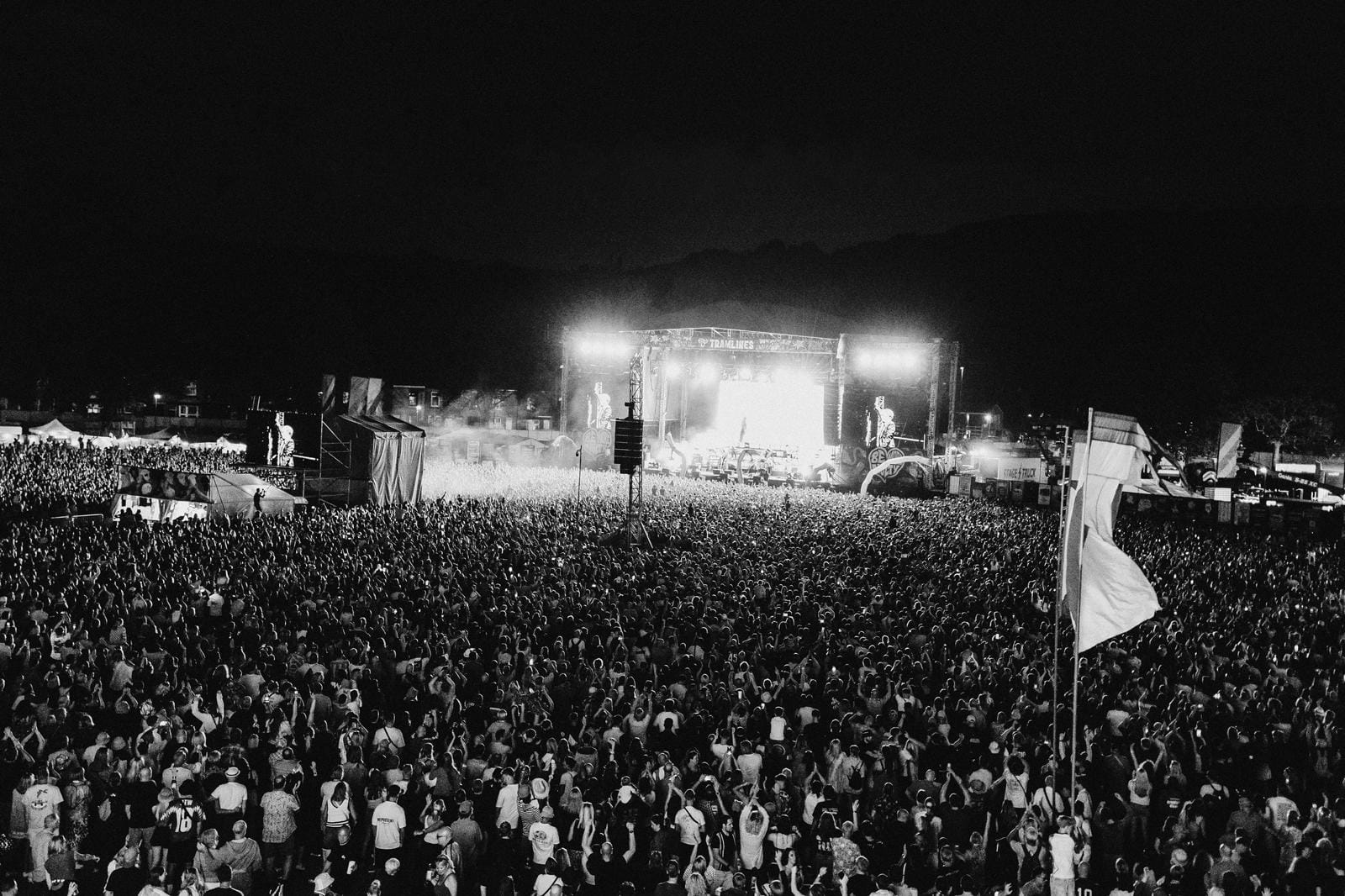
Having lived in Sheffield for the last seven years, I now know where “the fountain down the road” from Disco 2000 was (it was called the Goodwin fountain and it used to be at the top of Fargate), and I also understand that the song Wickerman isn’t just a reference to the 1973 folk horror film. I even live at Park Hill, immortalised in the song Sheffield: Sex City; “everyone on Park Hill came in unison at 4.13am and the whole block fell down”.
Jarvis actually grew up just up the road from me. Set back from the main road behind Golden Fade barbers and the Posh Pawz dog grooming salon in Intake, 130 Mansfield Road is about as unassuming as they come. A little further down is Stanhope Road, which in the song Babies is where one of his teenage crushes lived. When I visit, I ask a woman walking to her car whether they get loads of Pulp fans making a pilgrimage here. “Not that I’m aware of,” she replies.

The band lean into the local references throughout the night. Pictures flash up of the famous Limit nightclub on West Street, where Jarvis says he spent six years of his life in the mid-1980s. At another point, he tries, unsuccessfully, to guess which part of Sheffield people on the front row of the crowd live, just by looking at their eyes. “This is the city I grew up in so I’m going to be giving you my pearls of wisdom throughout the night,” he announces.
It might have been easy for them to just do the hits, but the new album More. features heavily. As well as Spike Island, off the new album they play Slow Jam, Tina, Farmers Market and Got to Have Love. As the sun sets and darkness envelops the park, the back catalogue comes to the fore. Do You Remember the First Time?, Mis-shapes and Babies delight young fans and old alike.
Formed in 1978, they endured well over a decade of obscurity before their esoteric brand of glam indie rock finally chimed with the times. Before they shot to fame many in the city would have seen them up close. I was reading Jarvis’s recent memoir Good Pop, Bad Pop, and spotted a familiar name in the acknowledgements: David Bocking, who regularly writes about the environment for The Tribune.
But back then, David — known at the time as “Bod” — was photographing bands, and some of his photos feature in the book. David knew Jarvis from the late 70s and even briefly played in a band with him in the 80s, the short-lived Heroes of the Beach. Of all the bands around at that stage, most of which were terrible, David says there were a few you felt had the chance of doing something special. “One of those was Jarvis,” he says.
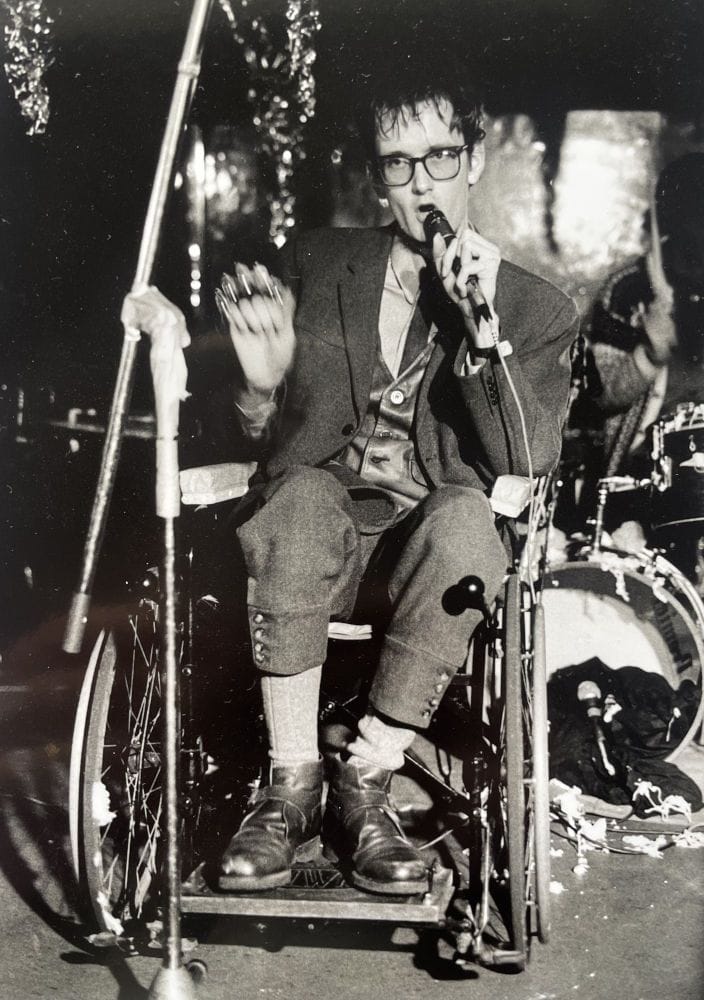
When he took the photos of the band in 1985, Jarvis was living on the Wicker and Pulp had just got their first record deal with the Fire label to release their third single Little Girl (With Blue Eyes). They were just beginning to make a name for themselves, although it would take another decade until stardom finally came. David says he always hoped and believed they would one day make it. “It did take them quite a while though.”
I’m wary of reunions. There’s a reason why Oasis’s current tour has been dubbed “Noel’s expensive divorce tour” (having said that I have to admit I did try, and fail, to get a ticket). But when my sister offered me a spare ticket to see Pulp at Tramlines, I jumped at the chance. I’m glad I did, but I was silly to think it could match those heady days of the mid-1990s. That unexpected Glastonbury headline slot marked the culmination of a long and strange journey for the band. “If you want something to happen enough, then it actually will happen — and I believe that,” said Jarvis as he introduced Common People, the era-defining single released just weeks earlier.
Perhaps given the band’s longevity, 47 years and counting, any sense of a truly communal experience is too much to ask. Or maybe not. I, like everyone else, expected them to close with Common People again. However, after playing the 1995 hit that made their name, they instead end with the Richard Hawley-penned A Sunset. As the band gathers around Jarvis at the front of the stage, it feels like a pointed and welcome departure. Yeah, we’ve changed, we’ve grown.
Comments
How to comment:
If you are already a member,
click here to sign in
and leave a comment.
If you aren't a member,
sign up here
to be able to leave a comment.
To add your photo, click here to create a profile on Gravatar.


